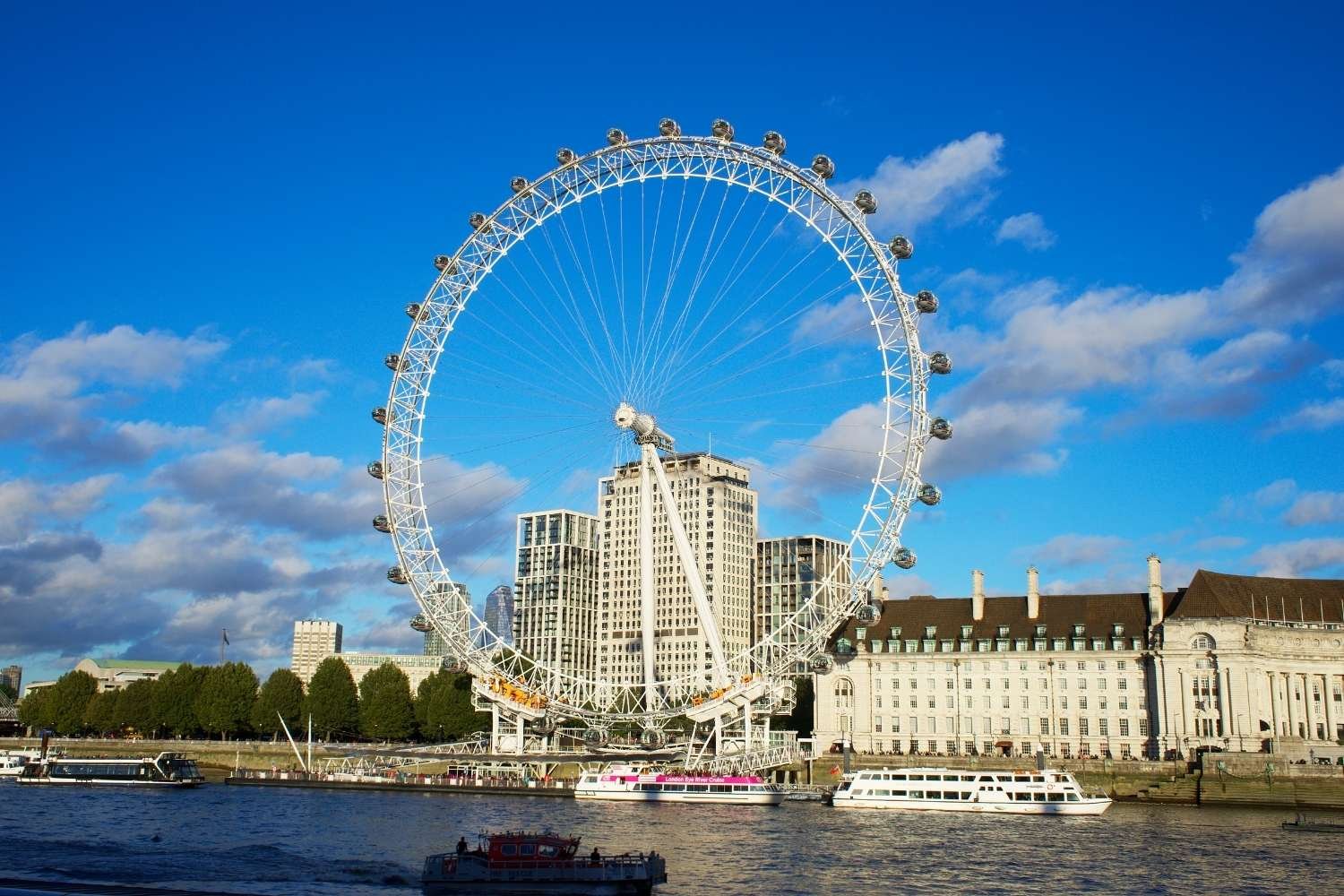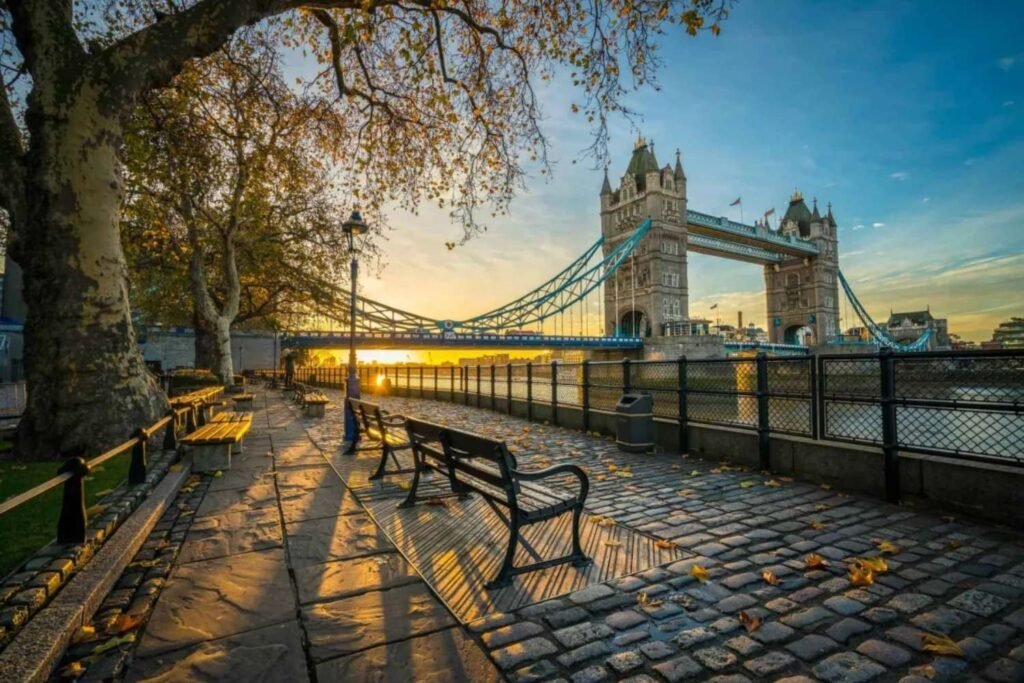London, a city rich in history and culture, is renowned for its iconic historical landmarks. Each site tells a story, reflecting the evolution of this vibrant metropolis over the centuries. From majestic palaces to ancient structures, the historical landmarks in London offer a glimpse into the past, making them must-visit destinations for both locals and tourists. In this article, we will explore some of the most significant historical landmarks in London, highlighting their importance and unique features.
1. The Tower of London
One of the most famous historical landmarks in London, the Tower of London has stood for over a thousand years. Initially built by William the Conqueror in 1066, this UNESCO World Heritage Site has served various purposes throughout its history, including a royal palace, fortress, and prison. Visitors can explore the White Tower, see the Crown Jewels, and learn about the many historical events that have taken place within its walls, including the execution of Anne Boleyn. The Tower’s rich history and striking architecture make it an essential stop on any historical tour of London.
2. Buckingham Palace
Buckingham Palace, the official residence of the British monarch, is another iconic symbol of London’s history. Originally built as a townhouse for the Duke of Buckingham in 1703, it became the royal palace in 1837 when Queen Victoria ascended the throne. Today, it remains an active royal residence and serves as a venue for numerous official events and ceremonies. Visitors can witness the Changing of the Guard ceremony and explore the State Rooms during the summer months. The palace’s grandeur and significance make it one of the top historical landmarks in London.
3. The British Museum
Home to a vast collection of world art and artifacts, the British Museum is one of the most significant historical landmarks in London. Established in 1753, the museum houses over 8 million objects, including the Rosetta Stone, the Elgin Marbles, and countless other treasures from ancient civilizations. The museum not only showcases the cultural heritage of Britain but also highlights the interconnectedness of human history. Admission is free, making it accessible to everyone who wishes to explore its extensive galleries and learn about the world’s rich history.
4. The Houses of Parliament and Big Ben
The Houses of Parliament, also known as the Palace of Westminster, is an architectural marvel that plays a central role in British politics. This stunning Gothic-style building, which has stood since the 11th century, is home to the House of Commons and the House of Lords. The iconic clock tower, commonly referred to as Big Ben, chimes every hour and is one of London’s most recognizable symbols. Visitors can take guided tours to learn about the UK’s political history and admire the beautiful interiors. As a key part of London’s historical landscape, the Houses of Parliament and Big Ben are essential landmarks for any visitor.
5. St. Paul’s Cathedral
St. Paul’s Cathedral, with its magnificent dome, is one of London’s most beautiful historical landmarks. Designed by Sir Christopher Wren and completed in 1710, the cathedral has been a site of many significant events, including the funerals of Lord Nelson and Sir Winston Churchill and the wedding of Charles, Prince of Wales, to Lady Diana Spencer. Visitors can climb to the top of the dome for breathtaking views of the city and explore the stunning interior, which features exquisite mosaics and intricate carvings. St. Paul’s Cathedral stands as a testament to London’s resilience, having survived the Blitz during World War II.
6. The Globe Theatre
For fans of Shakespeare and the performing arts, the Globe Theatre is one of the most significant historical landmarks in London. Originally built in 1599, it was the venue for many of Shakespeare’s plays. The current reconstruction, completed in 1997, offers a glimpse into the world of Elizabethan theatre. Visitors can enjoy performances of Shakespeare’s works, participate in workshops, and explore exhibitions about the playwright’s life and times. The Globe Theatre is not just a cultural landmark but also a vital part of London’s theatrical history.
7. The Natural History Museum
The Natural History Museum, located in South Kensington, is another impressive historical landmark in London. Opened in 1881, the museum boasts stunning Victorian architecture and is home to a vast collection of specimens from various segments of natural history. Visitors can marvel at the dinosaur skeletons, explore the wildlife garden, and learn about the Earth’s history through engaging exhibitions. The museum is an educational hub that attracts millions of visitors each year, making it a cornerstone of London’s historical and scientific landscape.
Conclusion
The historical landmarks in London offer a captivating journey through time, showcasing the city’s rich heritage and cultural significance. Each site tells a unique story, reflecting the evolution of London and its people. From the Tower of London’s medieval fortifications to the grandeur of Buckingham Palace and the artistic treasures in the British Museum, these landmarks provide insight into the city’s past and its enduring legacy. Whether you’re a history buff or a curious traveler, exploring the historical landmarks in London is an unforgettable experience that reveals the essence of this remarkable city. So, pack your bags and embark on a journey through London’s storied history!






